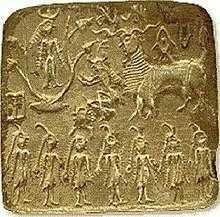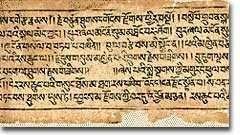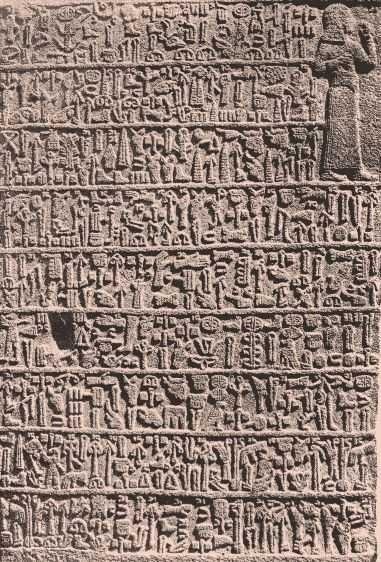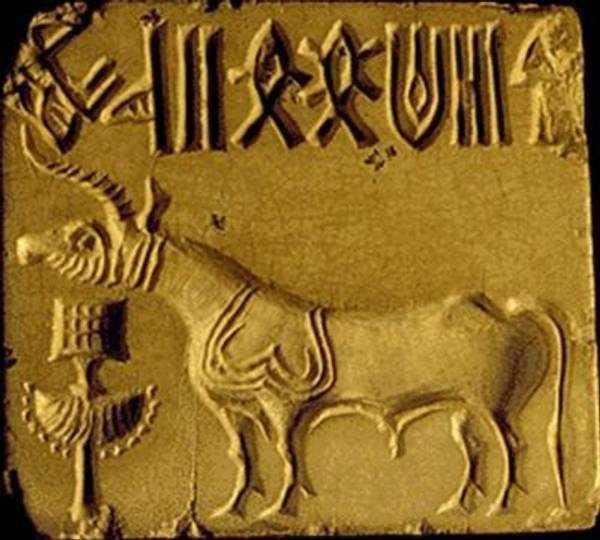Harappa is an archaeological site in Punjab, Pakistan, about 24 km (15 mi) west of Sahiwal. The place takes its handle from a advanced village located near the earlier route of the Ravi River which immediately runs 8 km (5.0 mi) in north. The undercurrent village of Harappa is not as much of than 1 km (0.62 mi) from the outdated site. though prevailing Harappa has a birthright railway class from the interlude of the British Raj, it is in the present day righteous a minute crossroads municipality of people 15,000.
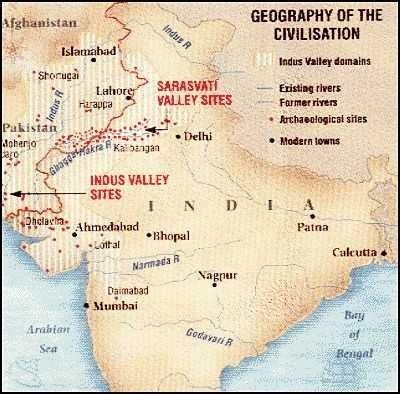
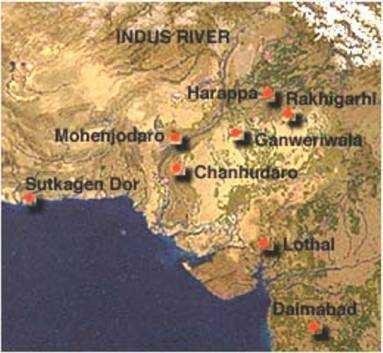
The put of the antique town contains the ruins of a Bronze Age fortified city, which was piece of the Indus Valley Civilization centered in Sindh and the Punjab, and after that the Cemetery H culture.[1] The metropolitan is held to include had as scores of as 23,500 residents and subjugated about 150 hectares (370 acres) with clay brick houses at its most degree during the Mature Harappan phase (2600–1900 BC), which is considered large for its time.[2][3] Per archaeological law of christening a until that time unheard of people by its elementary excavated site, the Indus Valley development is in addition called the Harappan Civilization.
The antiquated capital of Harappa was powerfully smashed under British rule, as soon as bricks from the ruins were old as stalk counterbalance in the construction of the Lahore–Multan Railway. In 2005, a controversial amusement park scheme at the situate was abandoned at what time builders unearthed several archaeological artifacts during the first stages of edifice work. A explanation from the Pakistani archaeologist Ahmad Hasan Dani to the Ministry of Culture resulted in a renewal of the site.
#history
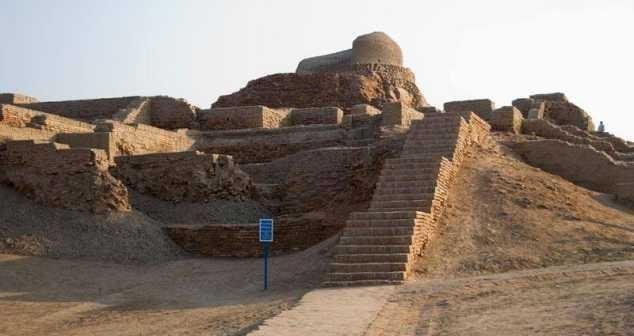
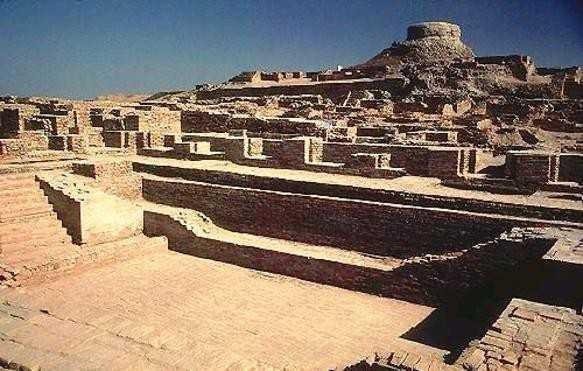
The Indus Valley Civilization has its earliest roots in cultures such as that of Mehrgarh, approximately 6000 BC. The two greatest cities, Mohenjo-daro and Harappa, emerged circa 2600 BC along the Indus River valley in Punjab and Sindh.[5] The civilization, with a possible writing system, urban centers, and diversified social and economic system, was rediscovered in the 1920s also after excavations at Mohenjo-daro in Sindh near Larkana, and Harappa, in west Punjab south of Lahore. A number of other sites stretching from the Himalayan foothills in east Punjab, India in the north, to Gujarat in the south and east, and to Pakistani Balochistan in the west have also been discovered and studied. Although the archaeological site at Harappa was damaged in 1857[6] when engineers constructing the Lahore-Multan railroad (as part of the Sind and Punjab Railway), used brick from the Harappa ruins for track ballast, an abundance of artifacts have nevertheless been found.[7] The bricks discovered were made of red sand, clay, stones and were baked at very high temperature. As early as 1826 Harappa, located in west Punjab, attracted the attention of a British officer in India, who gets credit for preliminary excavations in Harappa.
#culture and economy
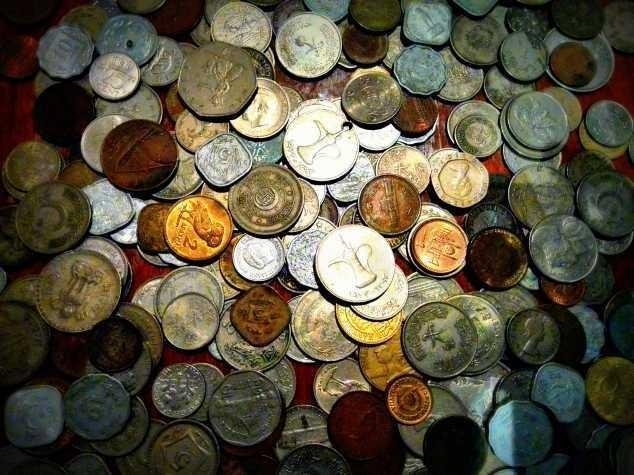
The weights and dealings of the Indus Valley Civilization, on the other hand, were greatly standardized, and conform to a arrange level of gradations. Distinctive seals were used, in the company of other applications, perchance for identification of goods and batch of goods. even if copper and bronze were in use, iron was not until now employed."Cotton was rush and dyed for clothing; wheat, rice, and a diversity of vegetables and fruits were cultivated; and a run to of animals, as well as the humped bull, were domesticated,"[8] as extremely as "fowl for fighting".[9] Wheel-made pottery—some of it decorated with beast and arithmetical motifs—has been set up in surplus at altogether the key Indus sites. A federal running for both city, even if not the full civilization, has been indirect from the discovered cultural uniformity; however, it dead body indecisive whether citation arrange with a commercial oligarchy. Harappans had lots of trade routes down the Indus canal that went as remote as the Persian Gulf, Mesopotamia, and Egypt. a few of the for the most part advantageous clothes traded were carnelian and lapis lazuli.
come again? is clear is that Harappan citizens was not unequivocally peaceful, with the human being undernourished vestiges demonstrating a little of the record tariff of injury (15.5%) initiate in South Asian prehistory.[11] Paleopathological examination demonstrated that leprosy and tuberculosis were offering at Harappa, with the main commonness of in cooperation disease and damage offer in the skeletons from sphere G (an ossuary located south-east of the metropolitan walls).[12] Furthermore, duty of cranio-facial suffering and infection augmented through time demonstrating that the refinement collapsed in the middle of illness and injury. The bioarchaeologists who examined the ashes allow not compulsory that the collective corroborate for differences in mortuary conduct and epidemiology reveal that particular folks and communities at Harappa were barred from entry to important assets like health and safety, a main star of hierarchical societies worldwide.
#Archaeology
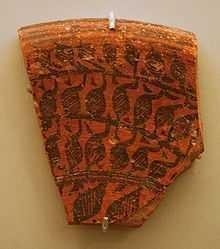
By afar the as a rule delicate and shroud artifacts unearthed to go out with are the small, square steatite (soapstone) seals imprinted with being or beast motifs. A bulky amount of seals exhibit been initiate at such sites as Mohenjo-Daro and Harappa. numerous develop pictographic inscriptions normally consideration to be a develop of marks or script.[citation needed] Despite the hard work of philologists from every part of parts of the world, and even with the management of modern cryptographic analysis, the secret code stay undeciphered. It is additionally anonymous if they return proto-Dravidian or other non-Vedic language(s). The credit of Indus Valley Civilization iconography and epigraphy to historically identified cultures is exceptionally problematic, in segregate expected to the very unconvincing archaeological suggestion of such claims, as good as the projection of contemporary South Asian biased concerns against the archaeological verification of the area.This is uniquely evident in the radically unreliable interpretations of Harappan objects traditions as seen from equally Pakistan- and India-based scholars. In February 2006 a prepare educationalist in the village of Sembian-Kandiyur in Tamil Nadu discovered a stone celt (tool) with an dedication estimated to be up to 3,500 existence old.[13] [14] Indian epigraphist Iravatham Mahadevan postulated that the four secret language were in the Indus speech and called the notice "the supreme archaeological discovery of a century in Tamil Nadu".[13] Based on this support he goes on to put forward that the language second-hand in the Indus Valley was of Dravidian origin. However, the dearth of a model era in South India, contrasted with the facts of model creation techniques in the Indus Valley cultures, calls into quiz the authenticity of this hypothesis.
